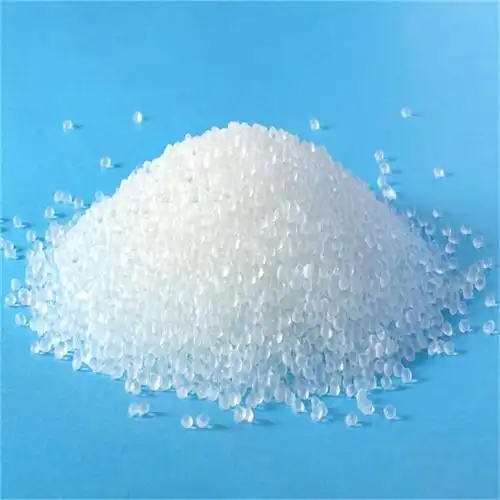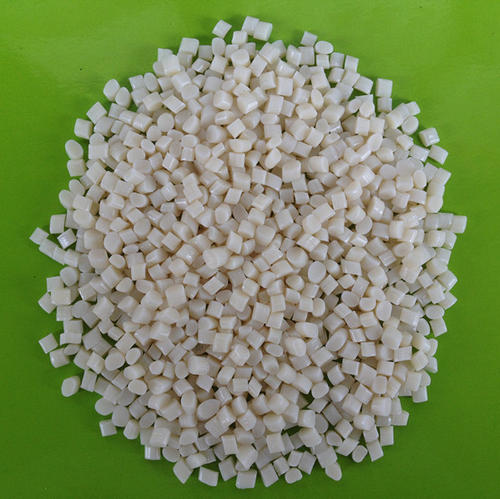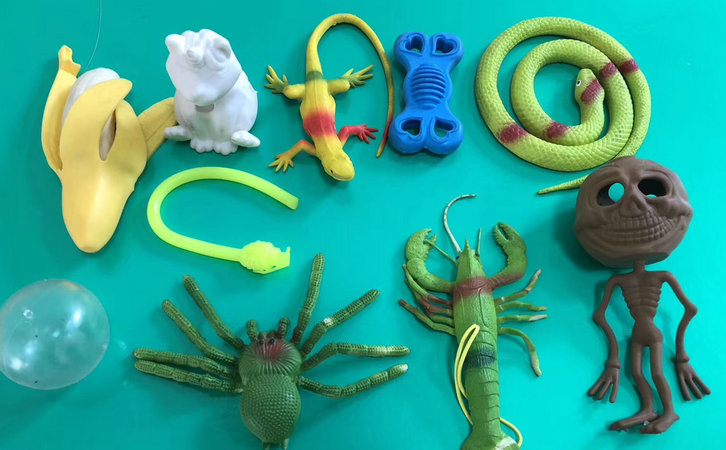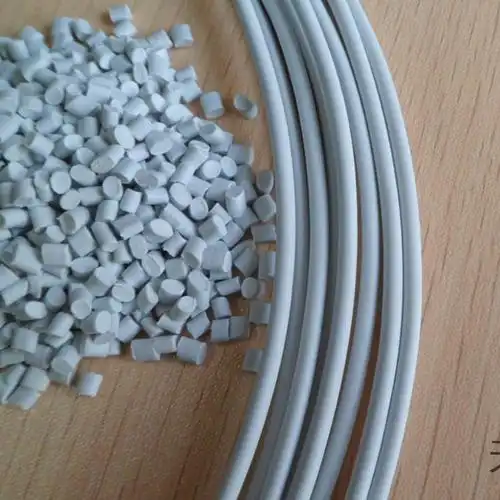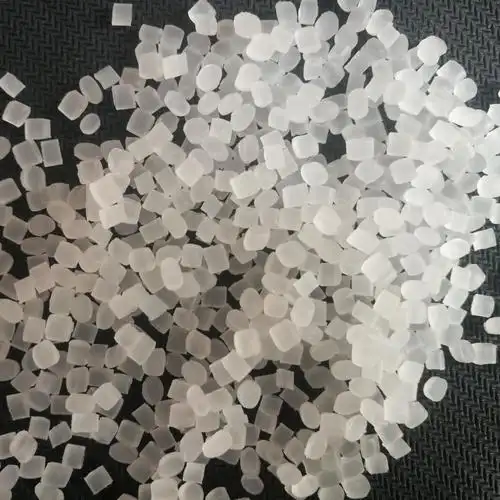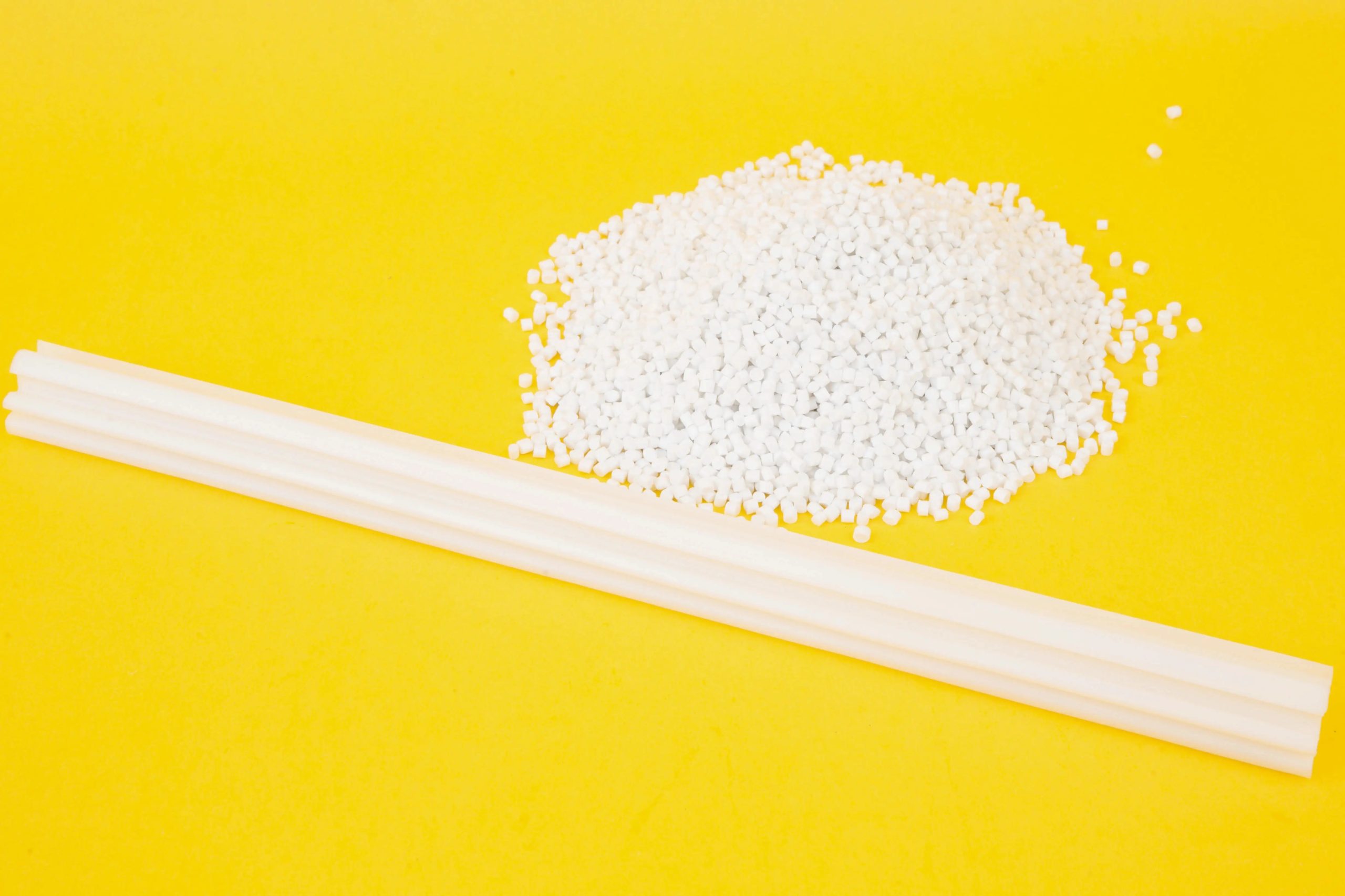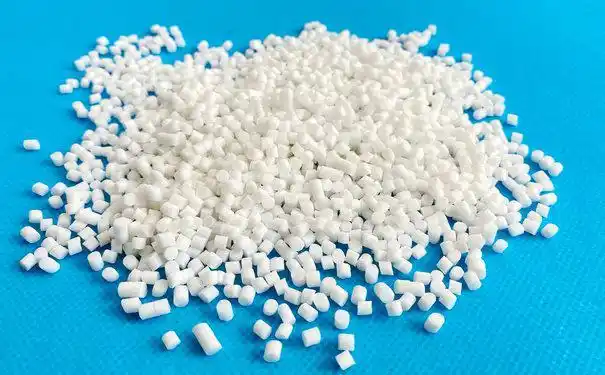Why Do TPE and TPR Turn White When Combined?
As someone who’s been immersed in the plastics and elastomer industry for over a decade, I’ve seen my fair share of material quirks and challenges. One question that keeps popping up, especially from manufacturers and product designers, is why combining TPE (Thermoplastic Elastomer) and TPR (Thermoplastic Rubber) sometimes results in an unexpected whitening effect. This […]
Why Do TPE and TPR Turn White When Combined? Read More »

